What is the impact of long coldness on Agriculture Spraying UAVs Batteries and how to deal with it?
What is the impact of long coldness on Agriculture Spraying UAVs Batteries and how to deal with it?
With the rapid development of drone technology in recent years, the "agricultural drones" have gradually replaced the "plant protection drones" in a broader sense. Agricultural drones are not only used for spraying and applying medicine, but also for spreading fertilizer, seeds and feeds to meet the diversified needs of farmers and improve production efficiency. But with the onset of winter and lower temperatures, especially in high-dimensional areas that are now under prolonged low temperatures, the operation of agricultural drones will undoubtedly be affected. We were able to learn in this article about the impact on agricultural plant protection drone batteries in a prolonged low temperature environment; and how to cope with the negative effects.
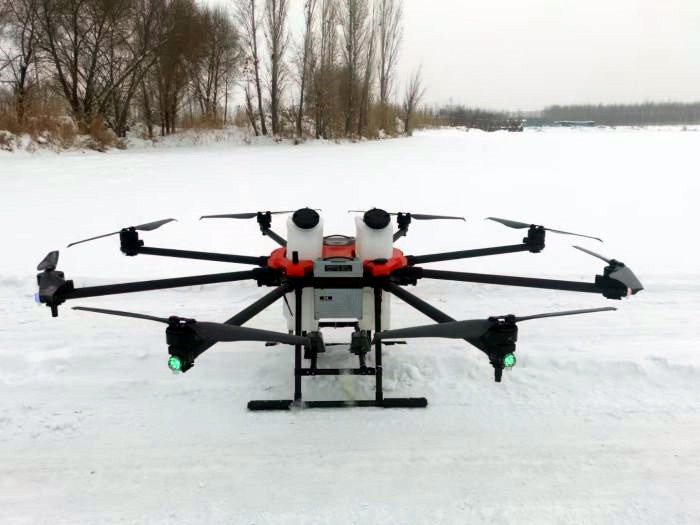
Agriculture Spraying Drones in cold winter powered By Tattu Smart Battery
General Agricultural UAV Batteries
As we know, agricultural drone batteries mostly use rechargeable lithium-ion batteries; the damage of high temperature for plant protection batteries is irreversible, especially when in the sun and high temperature as well, whose outdoor temperature is always higher than 40 ℃.
The plant protection drone battery belongs to the category of high rate lithium-ion battery. When being operated, the internal temperature of the battery rises at an obvious rate due to the high current and the influence of the weather environment. When the internal temperature of the battery exceeds 45°C, it will directly destroy the chemical balance inside the battery. The essence of the charging and discharging process of the battery is actually a chemical reaction, and the high temperature directly leads to some side reactions of the internal molecules, which directly affects the battery lifespan.
The direct effect of low temperature on the battery is that the discharge performance of the battery will be substantially decayed, which is what we commonly call " not enough multiplier”. This is because the low temperature makes the lithium ion activity inside the battery is reduced and the chemical reaction slows down, resulting in a slower power conversion rate. Not only does it have a significant impact on the discharge of the drone battery, but also reflected in the process of charging energy storage.

To explain more exactly, the electrode and electrolyte are considered the heart of a battery, and if the temperature drops, the reaction rate of the electrode will also drop along with it. If the battery's own voltage remains constant, then as the temperature decreases, the battery's own power output will also decrease. While the diffusion of lithium ions in the carbon cathode will be slower, and it is easy to have lithium precipitation, which is called "lithium precipitation" in the industry, for your understanding, here is the definition of the word.
The definition of lithium plating: usually refers to the charging process (fast charging and low-temperature charging), lithium-ion batteries in anode formation of lithium metal. Conventional lithium-ion batteries cannot be charged in temperatures below 0°C. Although it will show normal charging, there will be precipitation of lithium metal on the surface of the anode, and this process is not reversible. If repeated charging at low temperatures causes damage to the battery and reduces the safety of the battery, the metallic lithium forms and deposits more during charging, which can lead to a reduced battery lifespan and even short-circuits.
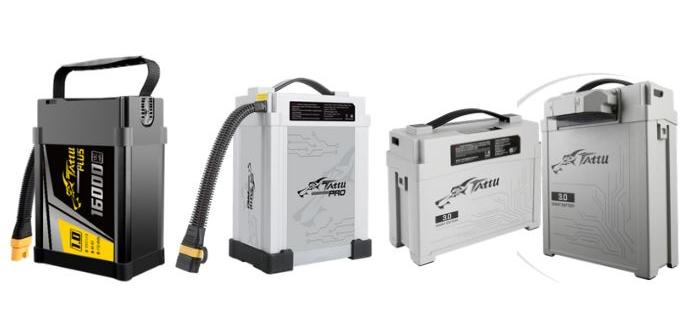
Tattu Smart Batteries for Agricultural Plant Protection Drones
How to deal with our Gemeral Agriculture Spraying UAVs Batteries when in long cold winter
1. Plant protection drone battery in low-temperature conditions, try not to charge directly, you can use physical heating, wait until the plant protection drone battery temperature rises to about 10 ℃ before charging. As for the discharge, this does not require (after all, the low temperature environment, discharge performance is reduced, the current can not reach the take-off requirements, the agricultural drones can not fly or work).
2. When at the low-temperature state, do remember to take plant protection drone battery lightly, avoid collision and extrusion, otherwise it will be extremely high damage to the internal battery cells.
3. When storing the plant protection drone battery at a long-term subzero low temperature state, it is recommended to place battery into a sealed explosion-proof box, while the temperature environment is recommended for 10 ℃ ~ 25 ℃.
In short, the overall impact of temperature on the battery is very huge. When we need to use Agriculture Spraying UAVs, the operating temperature of the drone batteries must be well controlled. Onece well controlled, the battery life can be longer.
Related Articles
-

Powering Aerial Artistry: Grepow Battery Solutions Behind Drone Light Shows
2025-10-27 -

Vatican Drone Show: Where Technology Meets Faith
2025-09-15 -
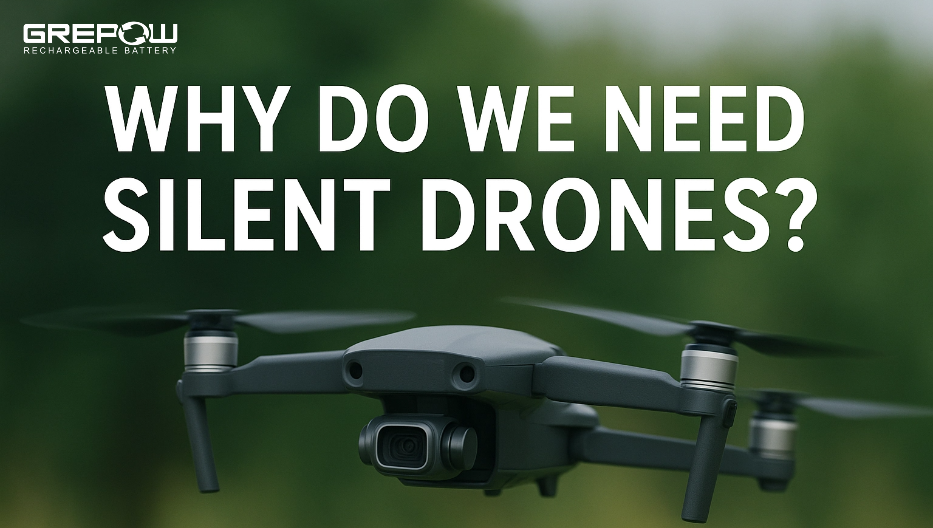
Why Do We Need Silent Drones?
2025-09-02
Related products
-
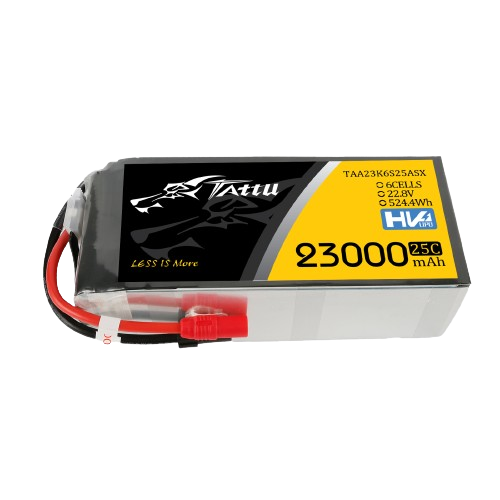
Tattu 23000mAh 6S 22.8V 25C LiHv Pouch Cell UAV Battery
-
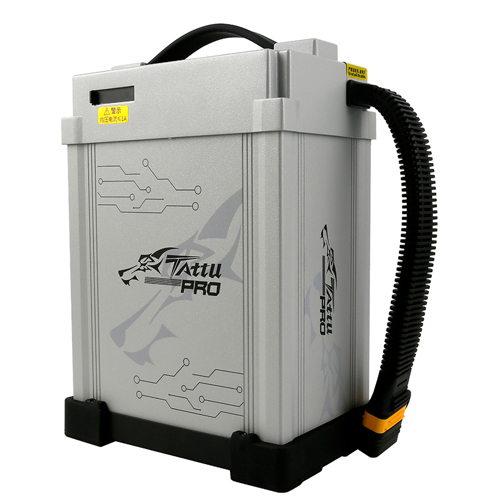
Tattu Pro 14S Lipo 22000mAh 51.8V Smart UAV Drone Battery Pack
-
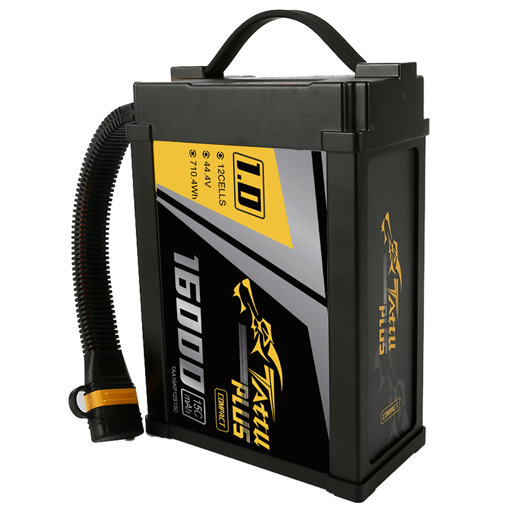
Tattu Plus 1.0 Compact 12S 16000mAh 44.4V 15C Lipo Smart Drone Battery
















































